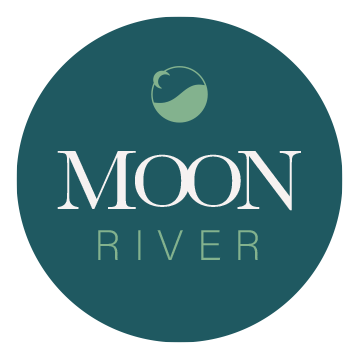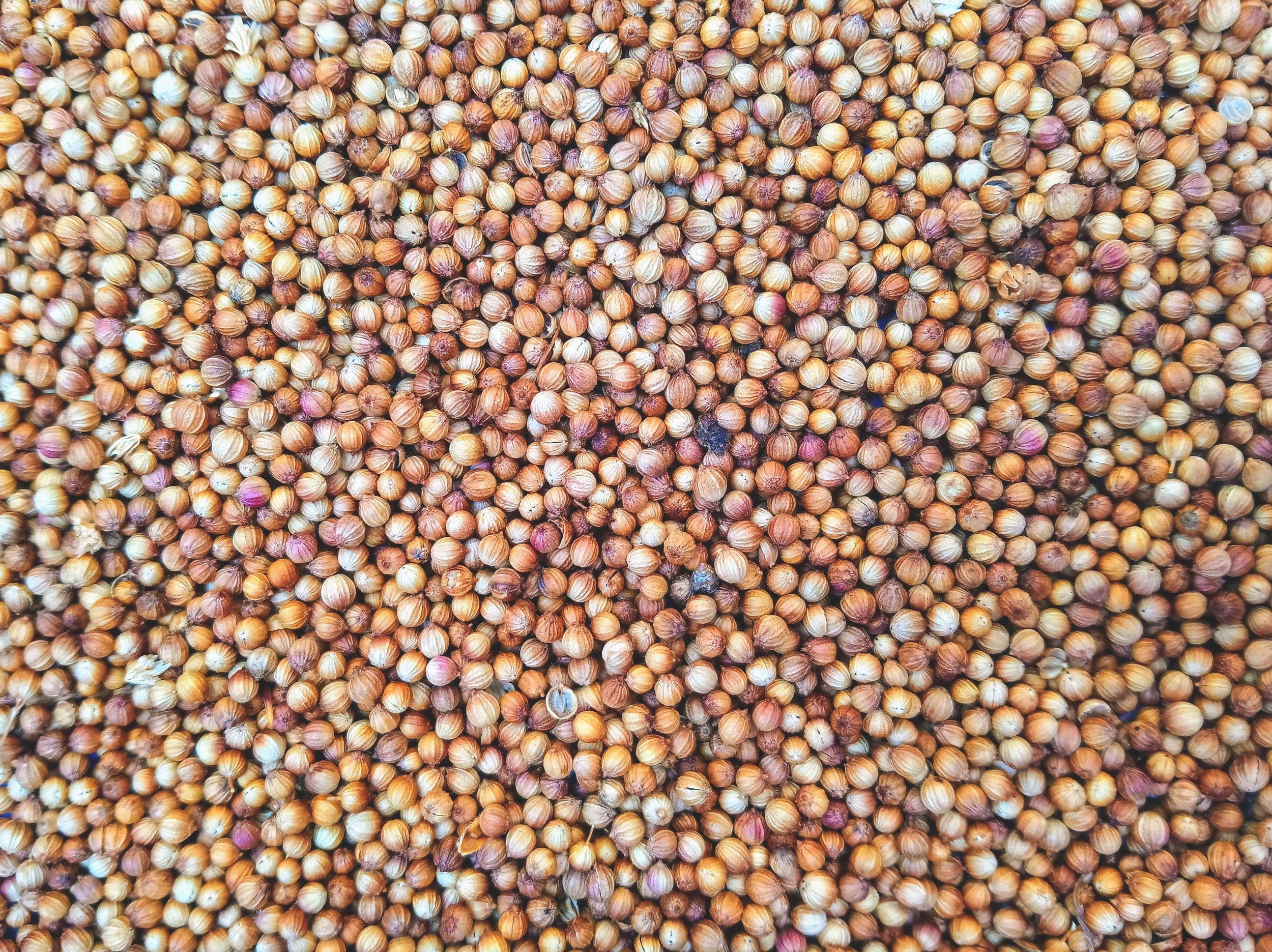Abstract
Seasonal allergies and asthma continue to be a leading cause of chronic illness in the United States with additional factors that specifically effect the Colorado region. This paper is an examination of the Chinese medicine treatment for allergies and asthma called San Fu Moxibustion. We explore the underlying patterns of seasonal allergies from the Chinese medicine perspective and dive deeper into the use of mustard seed as treatment. Additionally this paper examines the role that mustard seed plays in biomedical research.
Keywords: san fu moxibustion, allergies, asthma, mustard seed
Allergies are all too common in the United States, according to the CDC they are one of the leading causes of chronic illness affecting more than 19.2 million adults in 2019. (FastStats, 2020) National Jewish, a leader in respiratory research, released information in 2013 stating that global warming is contributing to larger plants with earlier pollination cycles, creating allergy seasons that last longer than previous years. (Spring Allergies, 2013) Allergies put a significant strain on healthcare through medical costs and doctor visits. (Allergy Facts | AAFA.org, n.d.) More importantly, there is a negative impact on individual’s quality of life. Traditional Chinese Medicine (TCM) has a method of treating allergies called San Fu Days (pronounced son foo) that dates all the way back to the Qing Dynasty with the first reference found in the late 1600’s. This technique harnesses the power of nature to bolster our body’s innate immunity and healing ability. The chief herb used to treat allergies and asthma is mustard seed. We will explore some of the theory behind this potent treatment. We will also look at what makes this spicy little herb so remarkable through both the lens of Chinese and Western medical knowledge.
In the state of Colorado our pollen counts are at their highest in September and October, with the addition of frequent wildfires and high particulate matter our allergy season has progressively worsened over the last few years. According to the Yellow Emperor’s Inner Classic, the foundational book of Chinese medicine, the most effective time to treat seasonal allergies and asthma (or winter diseases) is in the middle of the summer. This is when we can utilize the natural Yang energy at its pinnacle. We call this time Yang within Yang. San Fu Moxibustion is practiced on the three to four days that are predicted to be the hottest days of the year, or the “dog days of summer”. In order to calculate the timing we look to the Chinese calendar and Taoist cosmology. In 2022 there are four ten-day periods that begin on July 16 and include July 26, August 5 and end on August 15. (Wilcox, 2009) Moxibustion includes any treatment that induces an external application of heat. The San Fu Moxibustion protocol includes grinding a mixture of Chinese medicinal herbs, combined with ginger juice to form small balls. These herbal medicine balls will be “taped” to different acupuncture points on the body for a few hours on each of the dates mentioned. Each of the days there are different acupuncture points used, starting on the upper back and gradually moving down toward the sacrum. It is written that the ideal time would be noon on these days, and it is especially effective if it is a sunny day. The goal of application is to illicit a small reaction on the skin, either a small blister or a reddening of the skin. The Qi is said to be in the skin during the summer, which makes it easier for the body to absorb topical medicinals. The San Fu herbs add Yang to the body which is drawn in and stored for use in the winter, strengthening our immune system.
As with most things TCM the specific herbs used depend on the patient’s constitution and diagnosis. A complete and thorough intake will be done to differentiate the underlying pattern involved in the seasonal allergies. Most simply put we look to see if there is an excess or deficient syndrome at the root. The two main patterns that we are looking for are Lung and Kidney Yang Deficiency with Phlegm and Excess Cold Phlegm in the upper body causing stagnation in the chest. (Maciocia, 2019) Although both patterns result in what we would think of as seasonal allergies; sneezing, coughing, wheezing, and runny nose; each pattern will be accompanied by additional signs and symptoms that point us to the deeper cause. In the case of Lung and Kidney Yang deficiency there will likely be a good amount of fatigue involved, a difficulty receiving deep breath and thin copious mucous. As opposed to the excess condition which would present with a tight or distended chest and thicker phlegm causing congestion with difficulty breathing.
There are a few different herbs used in San Fu Days. However, the hero in this herbal remedy is mustard seed also known as Bai Jie Zi. Mustard seed is one of the oldest recorded spices, and commonly used in herbal remedies from China, Australia and New Zealand. (Goetz, K., et. al., 2020) Bai Jie Zi is not listed in The Divine Husbandman’s Classic of Materia Medica, the earliest recorded Chinese materia medica, it first appeared in the Tang dynasty compendium of herbal medicine. It’s acrid and warm nature breaks up and disperses accumulations of cold phlegm in the lungs. It is said to open the chest, relieve cough, and stop copious clear sputum. (Bensky et al., 2015)
A study published in 2006 performed follow up interviews to measure the efficacy of the San Fu treatment for allergies. About 60% of the participants reported a perception of the treatment being effective and had lower allergic symptoms than they reported one week after treatment. All symptoms; runny nose, nasal congestion, itchy nose, itchy eyes, and itchy skin were reported to improve. The only symptom that showed no improvement were dark circles under the eyes. (Tai, et. al. 2007) These results are promising, but further research should be done to include randomized, blind, control groups and placebo treatment. There are more studies that have been done, however many only reported follow ups one month after treatment, since this protocol is said to treat winter disease in the summer, at least six months to one year follow up needs to be included for meaningful results.
For further inquiry on this amazing seed we look to the biomedical information. Mustard seed is a member of the Brassicaceae family along with vegetables like broccoli, Brussels sprouts and cauliflower. When taken internally, mustard seed is full of nutrients such as vitamin A, C, iron, calcium, magnesium and potassium. Most remarkably it contains glucosinolates which have been studied extensively for their potential as anticancer agents, with mechanisms of action that include antioxidant, anti-inflammatory and immune-modulatory activities. There have also been some rat studies done that suggest mustard could be used in treatment of metabolic disorders like Type 2 Diabetes Mellitus due to its hypoglycemic effect. (Preedy, 2020)
A 2020 pilot study was done on using mustard seed foot baths in treatment for respiratory tract infections. The study participants performed self administered powdered mustard foot baths one time per day for six days. The results suggested that these foot baths could play an important role in reducing symptoms of respiratory tract infections, although more research needs to be done. Study participants listed improved sense of well being, increased sensation of warmth and a decrease in the feeling of “unwellness”. (Goetz, K., et. al., 2020)
Nature reminds us, all things in moderation, raw mustard seeds contain goitrogens that can interfere with thyroid function. Goitrogens can block iodine from entering the thyroid gland, and can interfere with the output of thyroid stimulating hormone. (Petroski & Minich, 2020) Mustard is safe for most people but should be used in moderation and caution for anyone concerned with thyroid dysfunction.
We are highly effected by our environment and we can’t always control the outer world. With the rise of pollutants and pollen counts we will continue to see an increased rate of seasonal allergies. Allergies can have a negative impact on our daily lives and can create frustration. Low energy levels and feeling unwell can lower productivity, increase stress levels and simply create exhaustion. Traditional Chinese medicine has harnessed both the natural increase of Yang energy in the summer and the energetics from mustard seed to boost immunity and open the chest to help break up congestion and reduce allergy symptoms. This simple and potent protocol can help us find our way back to wellness, living in harmony with our environment and feeling better in our body.
Dr. Lisa Rundall is an acupuncturist, herbalist and owner of Moon River Clinic. She received her Master’s of Traditional Chinese Medicine from the Colorado School of Traditional Chinese Medicine in 2021 and went on to get her Doctorate from Pacific College of Health and Sciences in 2022. Lisa Specializes in Oncology, Mental and Emotional Health, Acute and Chronic Pain, Gastrointestinal Disorders and Women’s Health. She currently resides in Denver, Colorado and is a lover of all things Chinese medicine, health, wellness and design. When not treating in her clinic you can find her spending time in nature with her husband and two boys.
References
Allergy Facts | AAFA.org. (n.d.). Www.aafa.org. https://www.aafa.org/allergy-facts
Bensky, D., Clavey, S., & Stöger, E. (2015). Chinese herbal medicine. Materia medica. Eastland Press.
FastStats. (2020, February 21). Www.cdc.gov. https://www.cdc.gov/nchs/fastats/allergies.htm
Goetz, K., Hinz, A., Steinhäuser, J., & von Rath, U. (2020). Use of Mustard Seed Footbaths for Respiratory Tract Infections: A Pilot Study. Evidence-based complementary and alternative medicine : eCAM, 2020, 5648560. https://doi-org.pacificcollege.idm.oclc.org/10.1155/2020/5648560
Maciocia, G. (2019). Diagnosis in Chinese medicine : a comprehensive guide. Elsevier.
Petroski, W., & Minich, D. M. (2020). Is There Such a Thing as "Anti-Nutrients"? A Narrative Review of Perceived Problematic Plant Compounds. Nutrients, 12(10), 2929. https://doi.org/10.3390/nu12102929
Preedy, V. R. (2020). Diabetes : oxidative stress and dietary antioxidants. Academic Press.
Spring Allergies. (2013). National Jewish Health. https://www.nationaljewish.org/conditions/health-information/health-infographics/spring-allergies
Tai, C. J., Chang, C. P., Huang, C. Y., & Chien, L. Y. (2007). Efficacy of Sanfujiu to treat allergies: patient outcomes at 1 year after treatment. Evidence-based complementary and alternative medicine : eCAM, 4(2), 241–246. https://doi-org.pacificcollege.idm.oclc.org/10.1093/ecam/nel082
Wilcox, L. (2009). San Fu Moxibustion (三伏灸) and Lung-Related Disorders [Review of San Fu Moxibustion (三伏灸) and Lung-Related Disorders]. Journal of Chinese Medicine, Number 89, 14–18.


